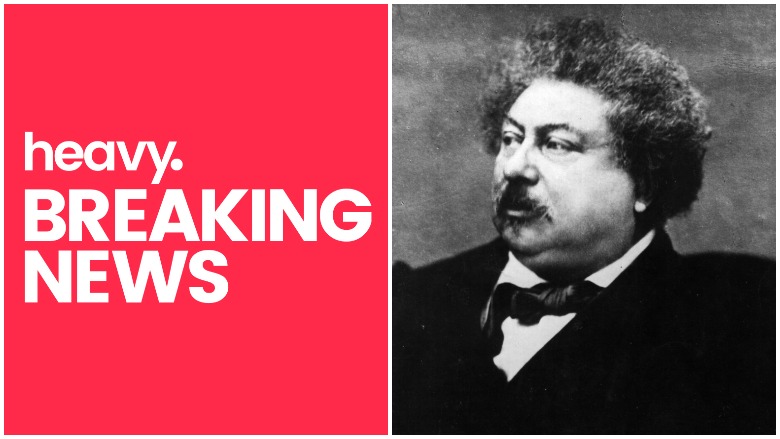
Alexandre Dumas is the French writer who is celebrated in the August 28 Google Doodle. Dumas is best known for his works The Three Musketeers and The Count of Monte Cristo. Dumas was born in Viller-Cotterets, just outside of Paris, on July 24, 1802. He died in the Seine-Maritime region of Normandy in northern France on December 5, 1870. Dumas was 68 years old.
Dumas was of mixed race. His grandmother, Marie-Cesette Dumas, was of African descent. She had been a slave in Haiti, then known as Saint-Domingue when she met French nobleman, Alexandre Antoine Davy de la Pailleterie. Later, Dumas’ father, General Thomas-Alexandre Dumas Davy, adopted his mother’s name as the family name after a falling out with his father.
Dumas’ presence on Google’s home page on August 28 is in part to celebrate the anniversary of the publication of the first installment of The Count of Monte Cristo. An installment was first published on August 28, 1884, in the Parisian newspaper, The Journal of Debates, according to the Google blog about the doodle.
Here’s what you need to know:
1. Dumas Wrote About Racism In His 1843 Short Novel Georges
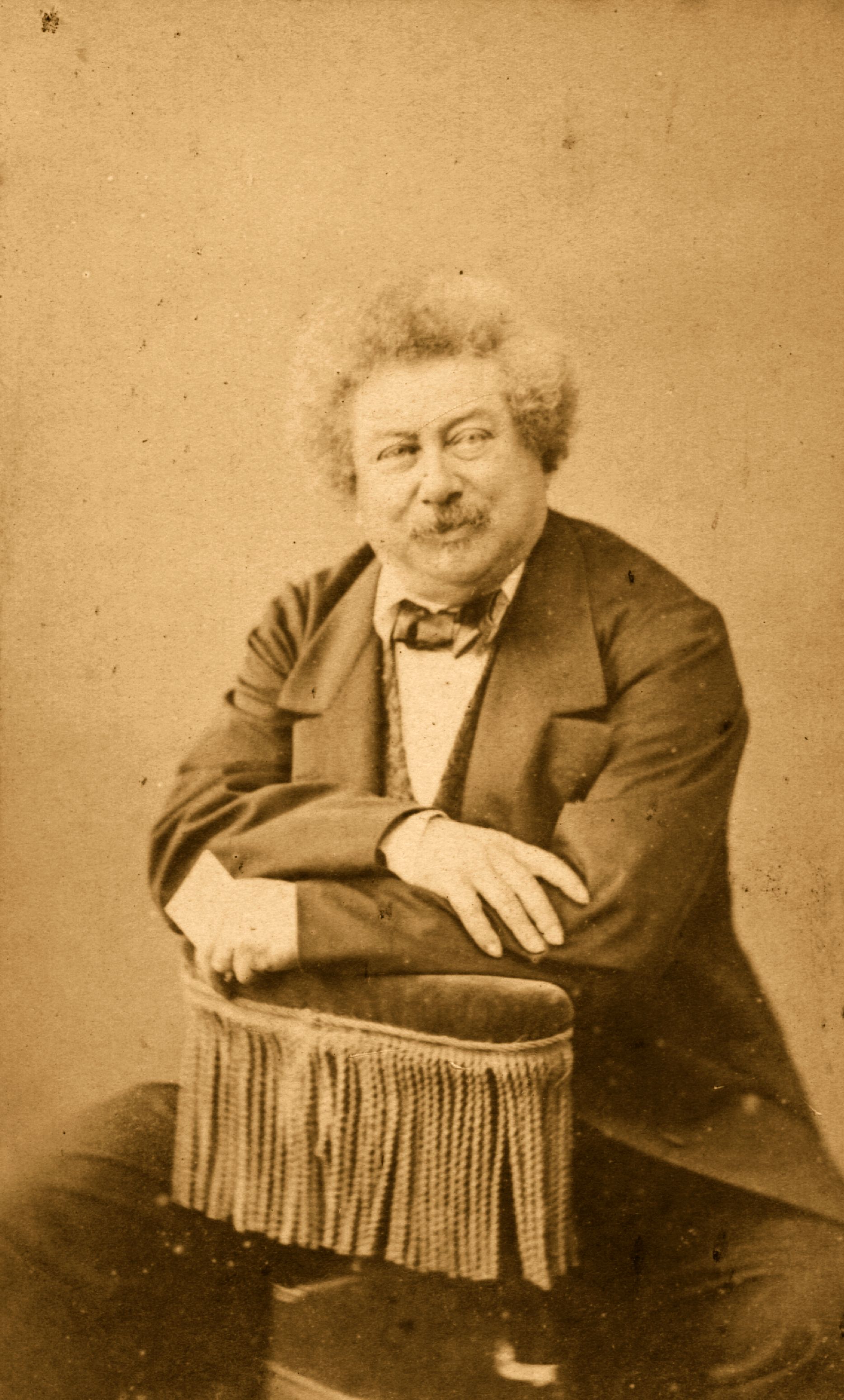
Getty
Dumas dealt with racism in his 1834 novel Georges. Penguin Random House described the book as Dumas’ “most daring novel.” The book is no longer in print in the United States. The book’s plot deals with a wealthy mixed-race child who is forced from his home on the African island of Mauritius by racist landowners. As man, Georges returns to the island and helps to inspire a slave uprising while falling in love with a white woman.

Getty25th March 1762: Thomas Alexandre Dumas of the armies of the Republic of France, born in Jeremie, America, on 25th March 1762.
African American studies scholar Rudolph P. Byrd of Emory University is quoted as saying of the book, “A remarkable discovery . . . We are indebted to Werner Sollors and Jamaica Kincaid for providing us with a critical lens for the journey Dumas has created out of his own generous and expansive imagination.” In April 2010, the blog Literary Transgressions said that the book ” seems to serve as a personification of what Dumas wanted the world to be racially.”
2. Dumas Is Thought to Have Had Dozens of Mistresses
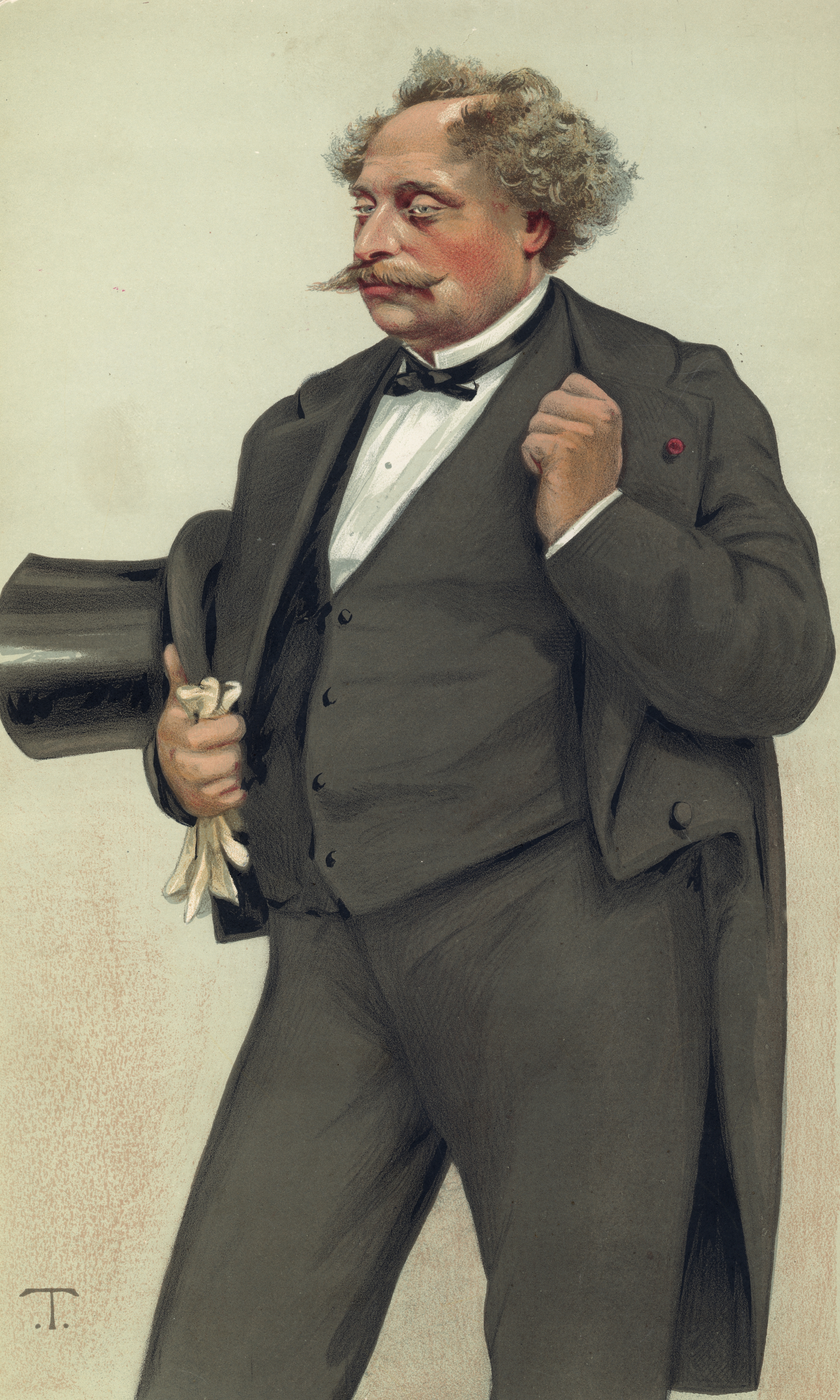
Getty
Dumas was married in 1840 to a French actress named Ida Ferrier. Despite this, Dumas is thought to have pursued multiple affairs. His mistresses are said to have included an Irish dancer named Lola Montez and Louisiana-born poet Adah Isaacs Menken. Dumas’ affairs were dealt with in a February 2014 NPR podcast titled, “The Count of Many Mistresses: Alexandre Dumas’ Lively Life.”
Dumas acknowledged one child during his life, a son named Alexandre Dumas, who was born prior to Dumas’ marriage. His became a successful writer in his own right and published the accompanying book to the Verdi opera La Traviata.
3. Dumas’ Father’s Military Exploits Served As an Inspiration for The Count of Monte Cristo
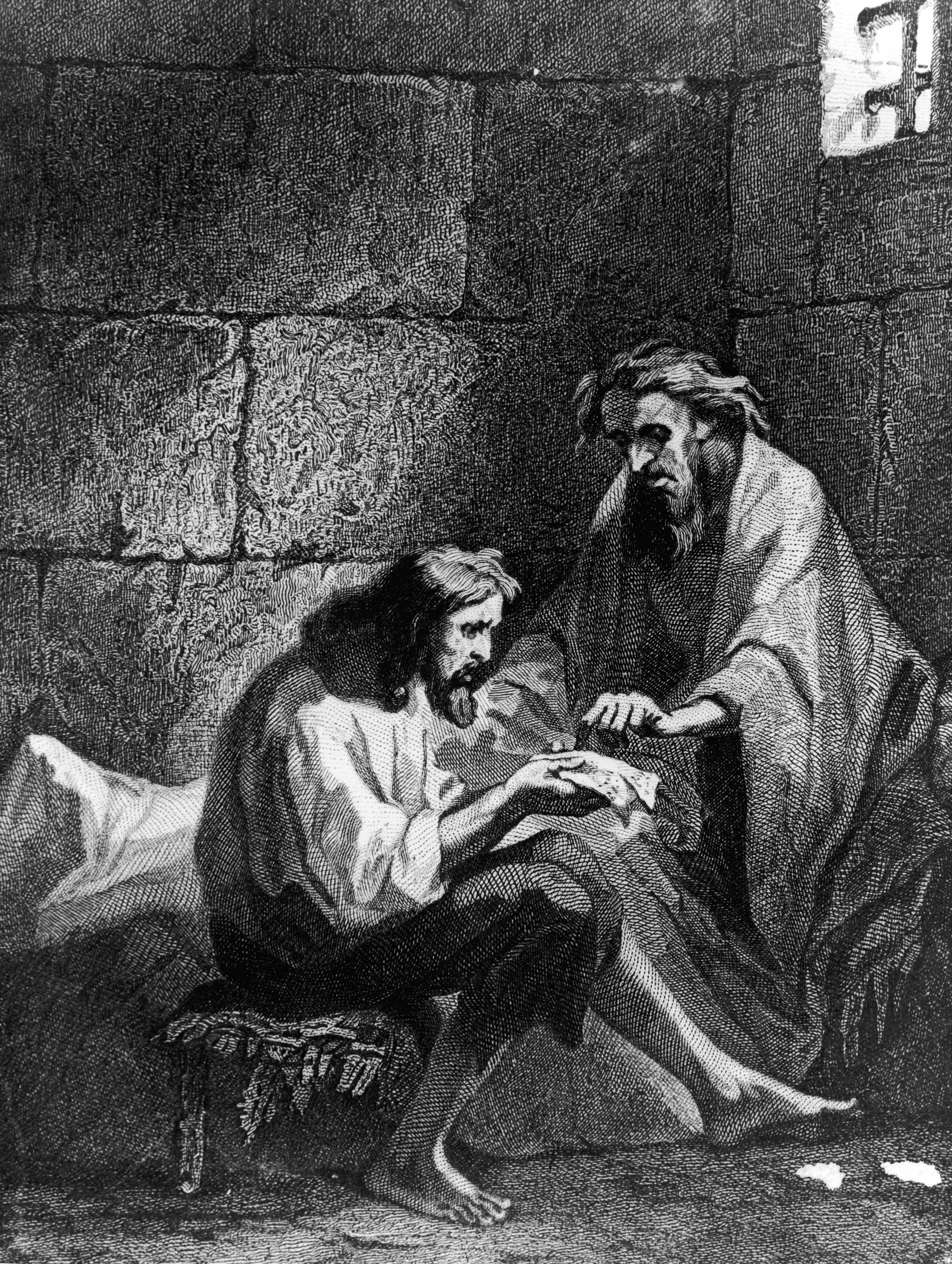
GettyEdmond Dantes and the Abbe Faria imprisoned in the Chateau d’If, off Marseille, in an illustration from ‘The Count of Monte Cristo’ by Alexandre Dumas (pere) circa 1844.
A Harvard Magazine feature on Alexandre Dumas’ father from November 2012 described General Alex Dumas as “the soldier who inspired The County of Monte Cristo. Writer Tom Reis wrote in the piece that Alex Dumas was “the highest-ranking black leader in a modern white society before our own time.”
In 1846, Dumas built an estate named Chateau De Monte-Cristo from the money he earned from his arguably most famous work. Thanks in part to the extravagance of the estate and Dumas’ opulent lifestyle, he was forced to sell his home in 1848. King Hassan II of Morocco paid for the restoration of the home, which now serves as a museum dedicated to Dumas’ life and work.
4. Dumas’ Novel The Last Cavalier Was Thought to Have Been Lost But Was Rediscovered in the 1980s & Published in 2007
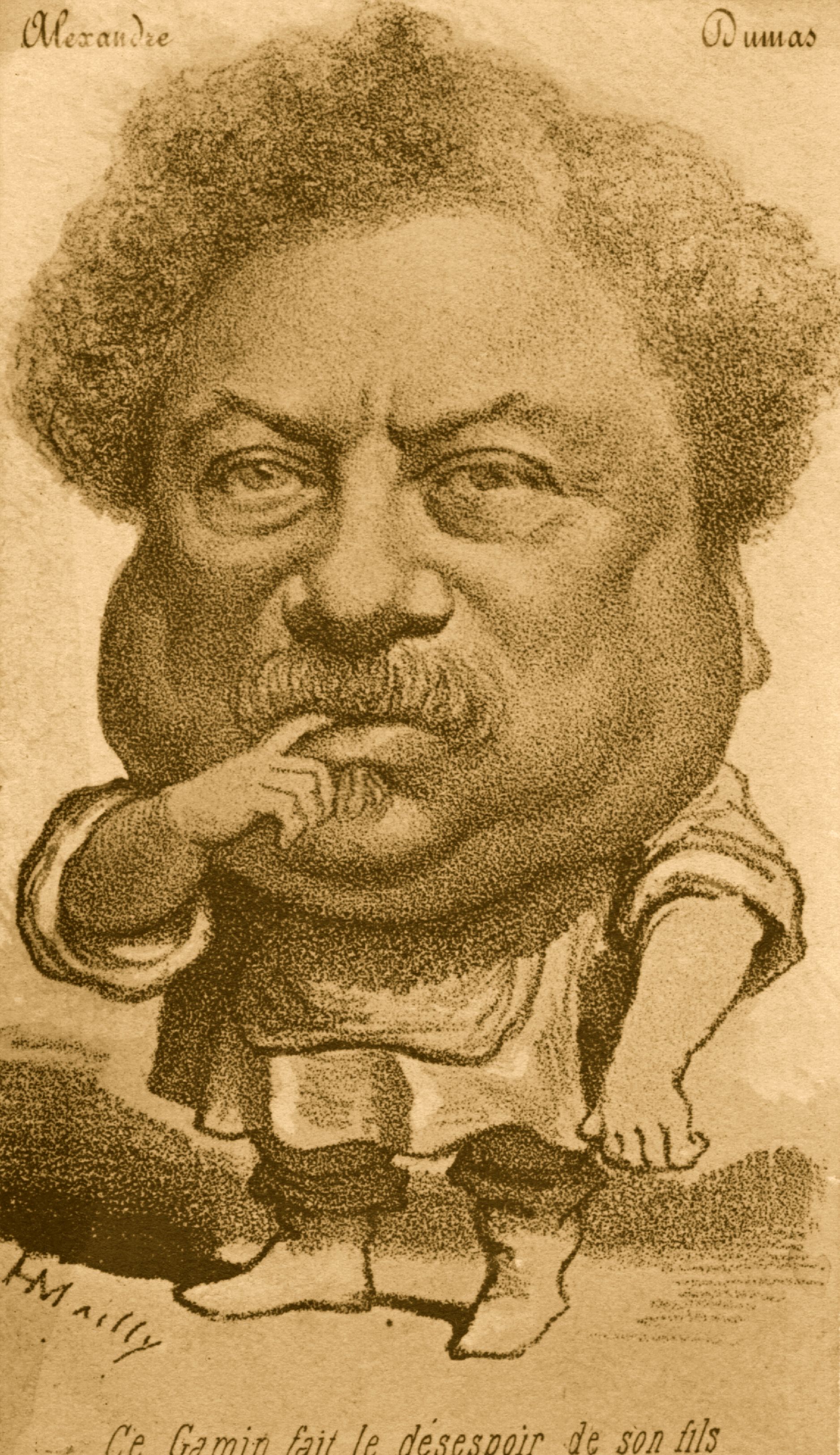
Getty
The Last Cavalier, Dumas’ final novel was published in 2007. The book deals with a nobleman who attempting to restore his family’s royal past by enlisting as a sailor. The Guardian’s Peter Conrad wrote at the time of the book’s publication that the novel brought “the swaggering bravado of the musketeers into the Napoleonic era.” Conrad added that the book was not the “lost masterpiece” the publishers had claimed it to be.
The New Yorker reported in 2007 that the novel had been discovered on microfilm in the National Library in Paris. The New Yorker review says, “Dumas seems only intermittently interested in his hero, lingering instead on Napoleon, still an emperor-in-waiting, bemoaning his marriage to spendthrift Josephine (“I shall keep divorce legal in France, if only so I can leave that woman”).”
5. Dumas Was a Member of a Society That Would Regularly Meet in Order to Smoke Hashish
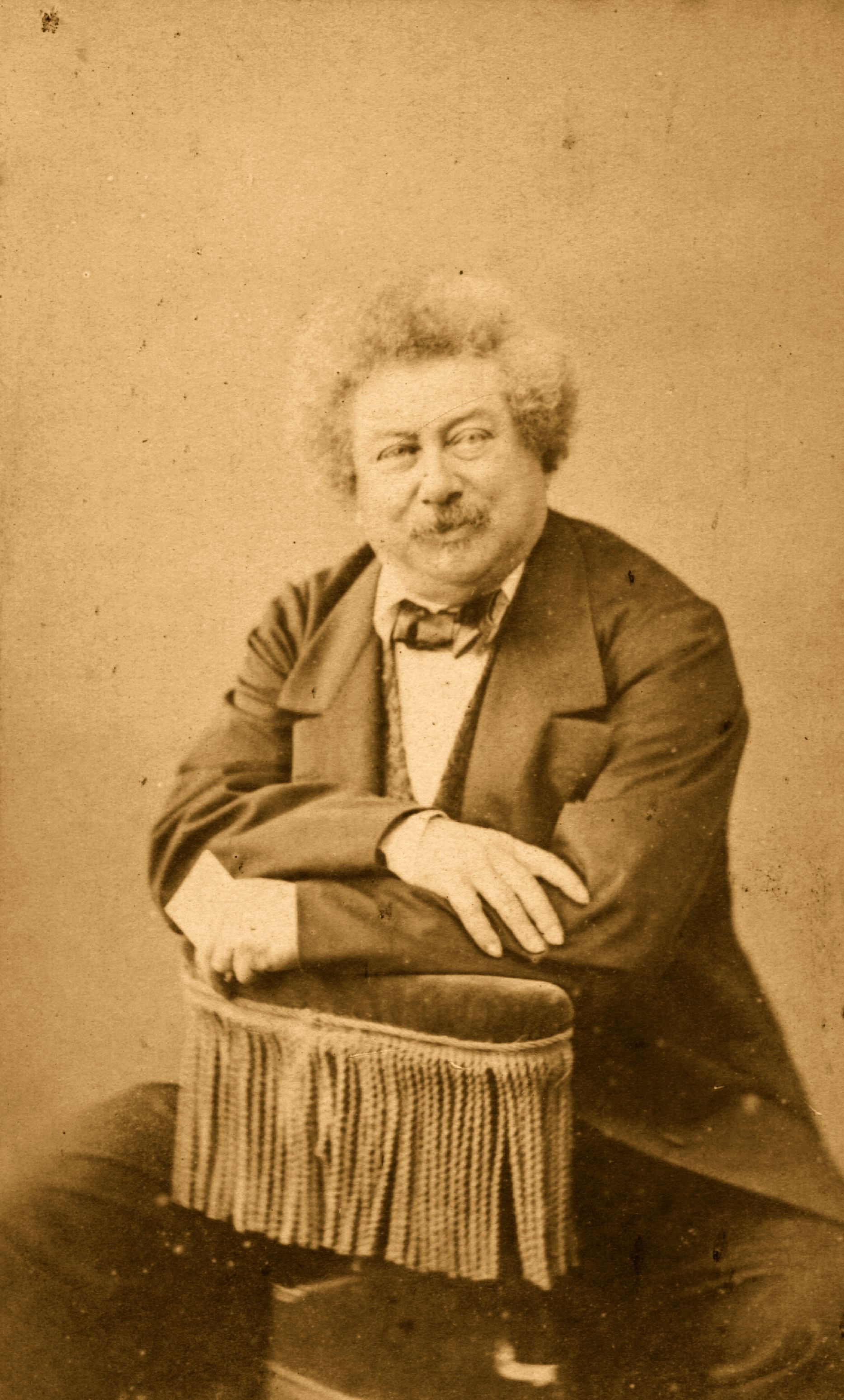
GettyCirca 1845: Novelist Alexandre Dumas Fils (1824 – 1895), the illegitimate son of Alexandre Dumas whom he went to live with in 1844.
According to the Paris Review, Dumas was a member of the group Club des Hashishcins, a group of men who met regularly in Paris to smoke hashish. The drug plays a role in the book The Count of Monte Cristo. Dumas was joined in the group by fellow writers Victor Hugo, Baudelaire and Honore de Balzac. The website said that the group met at the Hotel de Lauzun and would also conduct seances. The club was in existence between 1844 and 1849, according to writer Jonothan Green who wrote a book on the club in 2002. Green wrote that the group would wear “Arab clothing” and drink strong coffee that was laced with hashish.
A High Times feature on the Club des Hashishcins wrote about Dumas saying he was “sometimes listed as a member, but he belonged to another world entirely; his account of hashish in The Count of Monte Cristo is highly factitious.”
READ NEXT: Teenage Porn Star Controversy Rocks California High School